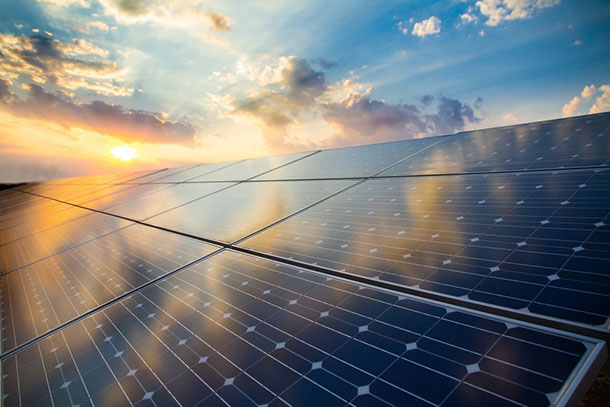
Solar energy production has grown exponentially over the recent years in South America. This has led to increased investments in solar photovoltaic installations for continued generations. Solar photovoltaic requires components such as panels, inverters, overhead line connectors, disconnect switches, batteries, and surge protection. The plenty of natural resources in the region allow for the increased adoption of solar farms and renewable energy projects. Areas like the Atacama Desert in Chile and Argentina have some of the highest solar irradiance in the region. This makes it an attractive location for investors looking to maximize the efficiency of solar installations. South American governments also have policies and incentives that support solar photovoltaics installation.
Solar photovoltaics use overhead line connectors to send the electricity generated from the solar farm to the grid. The connectors are an important part of the electrical infrastructure that eases the movement over long distances. Common types used include compression connectors, bolted connectors, and wedge connectors. Overhead line connectors ensure secure and efficient connections between the solar farm’s electrical systems and the broader power transmission network. Further, it is important to ensure proper design, installation, and maintenance of the connectors. This helps to maintain system performance, scalability, and safety. Let’s uncover the role of overhead line connectors in solar photovoltaics.
Uses of overhead line connectors in solar photovoltaics installations
As mentioned above, overhead line connectors help to send the electricity generated from the solar farms to the grid. This ensures the transmission of electricity to utility-scale solar farms and the main electric grid. Industry professionals and utility operators should use overhead line connectors in the installations. The following are the uses of overhead line connectors in solar photovoltaics installations.

- Solar farms to substations connection – overhead line connectors designed for high-voltage applications aid in this transmission. They help to reduce energy losses and maintain efficient and safe energy transfers.
- Insulation and protection – overhead line connectors should have insulation to prevent energy loss and ensure safety. They work with insulated conductors to reduce the risk of short circuits or electrical faults. Surge arrestors protect against voltage surges caused by lightning strikes.
- Grid connection and distribution – the connectors ease the connection between the solar farm and the local distribution network. The connectors ensure a seamless and stable transfer of electricity to the grid. Overhead line connectors link the solar systems directly to local distribution grids.
- Installation and maintenance – proper installation of these connectors helps to ensure the safety and efficiency of solar PV systems. The connectors need to withstand physical stress such as wind, weight, and temperature variations.
- Scalability for solar PV systems – overhead line connectors must be able to handle increasing loads. They must be able to handle the current produced by large-scale solar installations. Also, they must allow for modular additions to enable new sections of the farm to connect to the grid.
Government incentives and policies supporting solar photovoltaics installations in South America
South American governments have provided incentives and policies that support the adoption of solar PV. These incentives and policies create a favorable environment that attracts more investors. These incentives include net metering systems, project auctions, tax exemptions, and financing programs. Such incentives drive investment in solar PV at the utility and distributed generation levels. Meanwhile, the scaling of solar PV installations in the region influences the use of overhead line connectors. The growth of utility-scale solar farms leads to higher demand for transmission infrastructure. The following are the incentives and policies supporting solar PV development in South America.

- Net metering – this is a system that allows consumers to generate their own electricity through solar panels. They then send the surplus electricity to the main grid in exchange for energy credits. Countries like Brazil, Argentina, Colombia, Ecuador, and Uruguay have put in place this system.
- Auctions for solar projects – this includes holding competitive auctions for large-scale solar projects. The winning projects secure long-term purchase agreements that provide price stability and certainty for developers. Countries like Brazil, Chile, and Colombia have put in place these auctions for solar projects.
- Tax incentives – the government provides various tax exemptions for solar equipment. This includes reductions in import duties on solar panels, inverters, and other equipment. This is as seen in countries like Ecuador, Peru, Argentina, Chile, and Brazil.
- Public-private partnerships – countries like Ecuador encourage solar PV investments through public-private partnerships. This helps increase renewable energy capacity in the country.